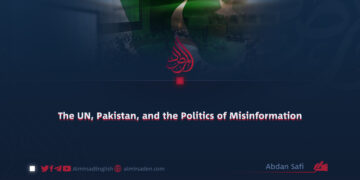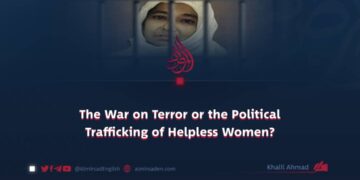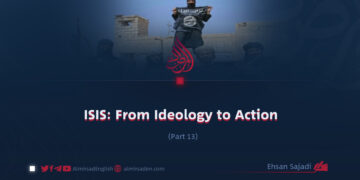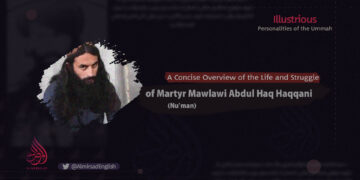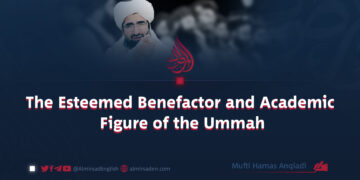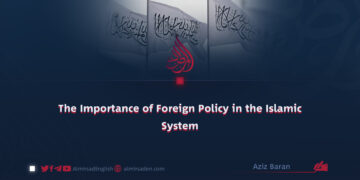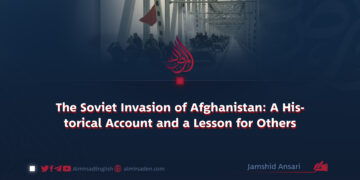Part 12
Written by: Ehsan Arab
Defaming the Image of the Islamic State
Since the fall of the Ottoman Caliphate, the enemies of Islam have employed every possible means—military force, cultural manipulation, and ideological subversion—to hinder the resurgence of a state that genuinely represents and upholds Islamic principles.
In their campaign to obstruct the re-establishment of Islamic governance, Western powers have not only resorted to direct military invasions of Muslim lands but have also waged insidious cultural wars, seeking to impose secular values and suppress the aspiration for Islamic rule.
One of the most potent tools in this endeavor has been the dissemination of false and malicious propaganda across digital platforms and social media. This propaganda seeks to tarnish the image of Islamic governance while promoting secularism and democracy as enlightened and superior alternatives.
In recent years, however, no entity has served the interests of the disbelieving world more effectively than the Daeshi Khawarij. By proclaiming a fabricated “Islamic State” and branding it as the revival of Islamic rule, they have inflicted severe damage on the global perception of authentic Islamic state.
This deceptive project succeeded in misleading not only non-Muslims but also vast segments of the Muslim Ummah. Many Muslims, unable to distinguish between genuine Islamic principles and the extremist actions of Daesh, came to associate the term “Islamic state” with images of brutality, terror, and instability.
In stark contrast, the Islamic state established by the Prophet Muhammad (PBUH) in Madinah was founded upon justice, mercy, brotherhood, divine legislation, and the well-being of the entire Ummah. It categorically rejected indiscriminate violence, excommunication (takfīr) without due process, and oppression against Muslims and non-Muslims alike.
The Daeshi Khawarij, however, distorted the name and concept of the Islamic state by engaging in un-Islamic killings, inhumane torture, and the destruction of homes, markets, and mosques. Their actions portrayed a grim and repugnant caricature of Islamic governance—one completely disconnected from the Prophetic model and the legacy of the Rightly Guided Caliphs.
What they propagated under the guise of an Islamic state was, in reality, a premeditated and strategic scheme engineered by the enemies of Islam to eradicate the very concept of an Islamic state from the collective consciousness of the Ummah.
The core objective of this project was to alienate Muslims—particularly the younger generation—from the love, aspiration, and struggle for re-establishing a true Islamic state. By associating Islamic rule with the horrors perpetrated by Daesh, they intended to sow fear, disillusionment, and apathy among the Muslim masses.
Through this psychological operation, the adversaries of Islam aimed to extinguish the hope of Islamic resurgence and to ensure that Muslims would remain subjugated to secular, nationalist, and Western-aligned systems—forever distanced from their own political and spiritual legacy.



